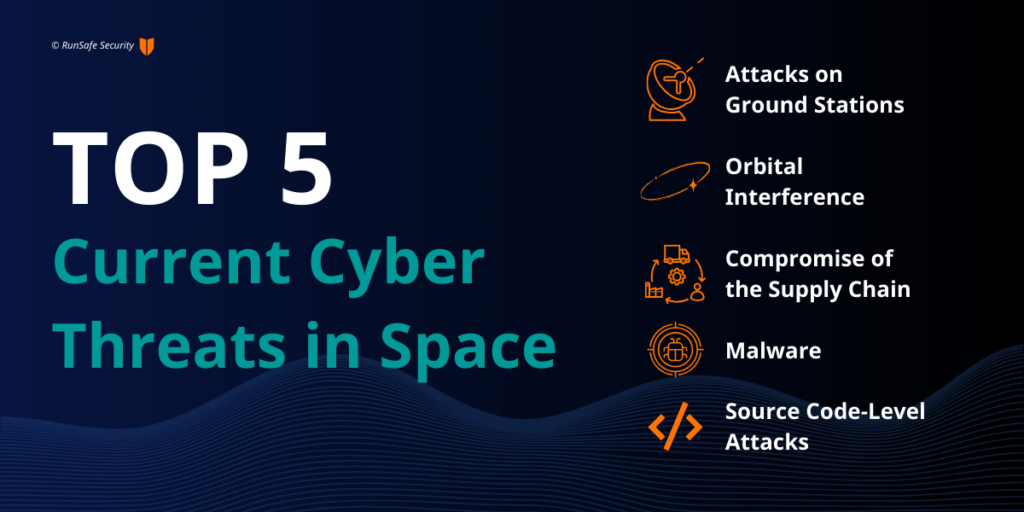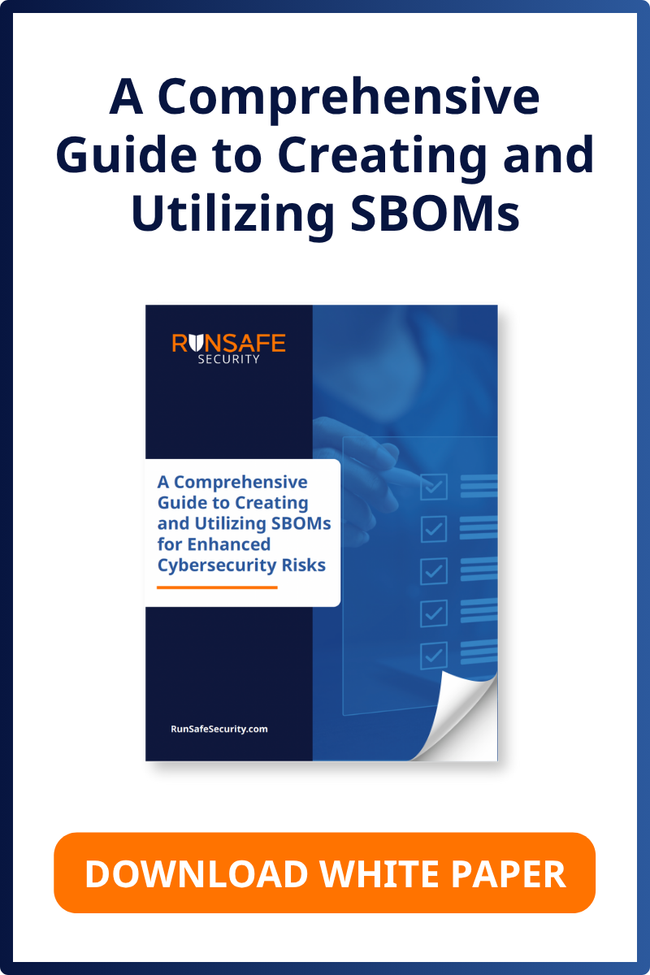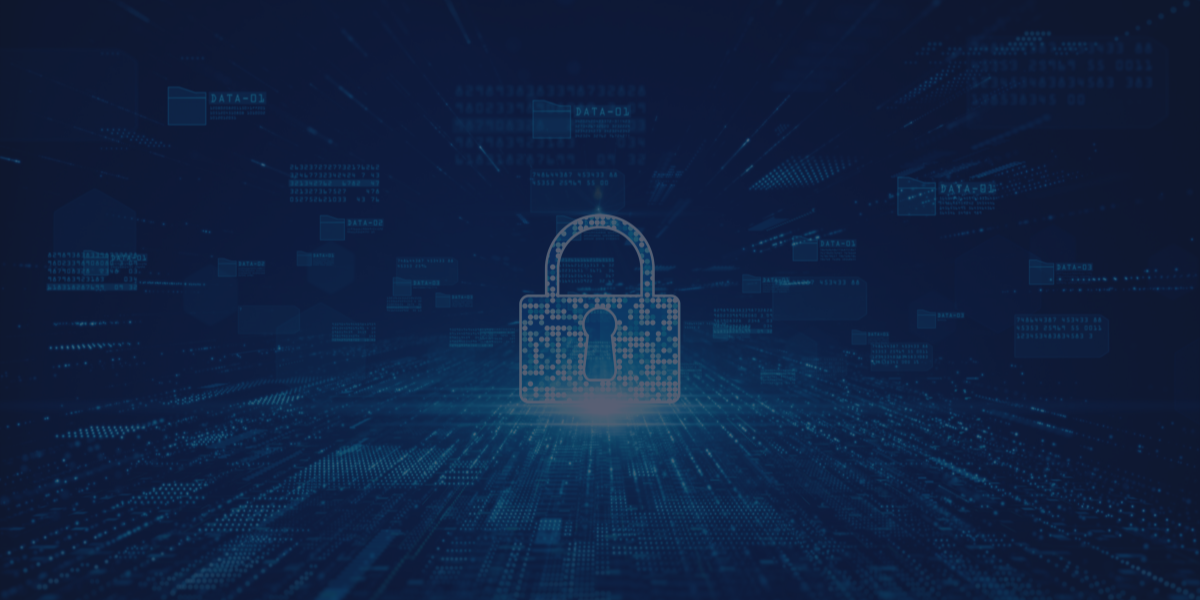As space becomes a key sector in critical infrastructure, protecting it against cyber threats is essential to sustaining global stability and economic growth. Space systems support vital industries—transportation, communications, and energy—and their role in national security makes them an attractive target for adversaries. To ensure the safety of these systems, we need robust cybersecurity measures tailored to the unique constraints of space: limited power, weight, and cost.
The Urgency of Space Security
Space assets, from satellites to ground stations, are integral to defense and civilian operations. With the global space economy projected to exceed a trillion dollars by 2030, the risk of cyberattacks becomes a pressing concern. Events like Russia’s cyberattack on Viasat during the Ukraine war demonstrate how adversaries can target satellites to erode confidence and disrupt infrastructure.
However, space infrastructure remains vulnerable due to limited cybersecurity regulations and the logistical challenges inherent in space operations. Protecting these assets from emerging space threats is essential to maintain national security, economic stability, and the continuity of essential services worldwide.

The primary cyber threats to space assets include attacks on ground stations and on-orbit systems. Ground stations are more accessible targets, but satellite attacks can have far-reaching implications, disrupting military and civilian networks. Threat actors exploit weaknesses in both software and hardware, with ransomware and platform-level compromises posing significant risks.
Satellite Command & Control Systems, spacecraft navigation systems, remote sensing and telemetry systems, and more are all examples of critical systems that could be targeted in an attack.
- Attacks on Ground Stations: Ground stations represent a vulnerable entry point for adversaries. A recent example is Russia’s pre-invasion cyberattack on Viasat, which disrupted Ukrainian communication systems. Breaking satellite-ground communication links can lead to loss of satellite control, interruptions to data transmission, and navigation errors.
- Orbital Interference: Adversaries have demonstrated the ability to threaten satellites in orbit. Recently, concerns have been raised with Russia’s Luch/Olymp satellites, which exhibit unusual movement patterns that raise the potential for monitoring or interference with other satellites’ operations and the potential for direct orbital attacks.
- Compromise of the Supply Chain: The increasingly globalized and commoditized nature of the space supply chain introduces new vulnerabilities. Malicious actors can target the development environments, manufacturing processes, or the software supply chain to infiltrate space systems through compromised hardware or software. Even subtle changes in manufacturing code could compromise the integrity of critical components, with the potential for catastrophic failures.
- Malware: Attackers can upload malware to satellite terminals, giving them control over devices or disrupting communications.
- Source Code-Level Attacks: Sophisticated cyber threats like the SolarWinds attack demonstrate the risk of attacks at the source code and platform level, potentially compromising the trust and integrity of space systems.
To counter these threats, the security community must prioritize trusted, secure communication channels and reliable updates for satellite functions. Ensuring trust in AI-driven processes and machine-learning functions is another growing challenge as these technologies become central to satellite operations.
Unique Challenges to Security in Space
Unlike terrestrial systems, space assets face constraints that complicate security implementations. Solutions must avoid adding excess power consumption, weight, or cost to satellites while still providing robust protection.
Additionally, it’s very difficult to update space systems once they are launched. Security needs to be done right from the get-go. Once an asset is in space, it’s a foregone conclusion. Because of this, it’s imperative to consider implementing runtime protection to defend space assets even after they are operating in orbit.
RunSafe’s Advantage in Space Cybersecurity
RunSafe Security’s technology offers an innovative solution by providing software hardening for satellite systems without additional hardware requirements. This approach maintains operational efficiency, making it highly suitable for space applications. By focusing on software resilience, RunSafe extends the operational life of satellites, a critical advantage when assets in orbit lifespan should be extended to boost the return-on-investment.
RunSafe’s solutions bring unique operational benefits to space systems:
- Hardware-Free Security: RunSafe’s software-based approach enables satellite resilience without additional hardware, making it a cost-effective option that aligns with the operational constraints of space.
- Support of Open Source Software: RunSafe protects open source software deployed as docker images or containers that allow for the swapping and repurposing of satellite software, minimizing the risk of cyber incidents while enhancing mission flexibility. This adaptability is crucial in a landscape where customized solutions tied to hardware often incur prohibitive costs and lack ability to repurpose to meet new missions.
These capabilities make RunSafe an ideal partner for entities focused on extending the lifespan and robustness of space assets without compromising weight, power, or cost.
Public-Private Collaboration in Space Security
As government and commercial entities increasingly share responsibility for space infrastructure, a closer public-private partnership is necessary to ensure cohesive cybersecurity measures. The Space ISAC, a bridge between industry and government, plays a vital role in this collaboration. The Space ISAC helps coordinate responses to threats like orbital anomalies or cyberattacks through threat intelligence sharing and real-time monitoring.
However, collaboration must extend beyond monitoring. Industry standards, developed through cooperation between agencies and private companies, are critical to building a secure framework for space operations. Trusted information-sharing platforms like the Space ISAC’s Watch Center exemplify the proactive approach needed to protect our space infrastructure.
Moving Toward Effective Regulations and Standards
Current space policy directives encourage, but do not mandate, cybersecurity for space assets. This gap in enforceable regulations leaves many companies needing clear guidance, risking vulnerabilities that adversaries could exploit. Evolving best practices offer a flexible path forward, enabling companies to adopt measures tailored to their specific needs without the rigidity of static regulations.
Meanwhile, organizations like IEEE are working toward defining baseline standards for space cybersecurity, ensuring that space infrastructure can withstand the evolving cyber landscape.
As space becomes recognized as a critical infrastructure domain, protecting it from cyber threats is imperative. RunSafe’s innovative approach, focusing on adaptable, hardware-free security, offers a path forward that addresses the unique constraints of space operations. However, effective protection requires more than technology; it demands collaboration across public and private sectors, unified standards, and a proactive stance on cybersecurity.
Through partnerships with organizations like the Space ISAC and forward-looking policies, we can ensure that space assets remain secure, resilient, and capable of supporting global stability in the decades to come. In the race to secure space, now is the time to act.
For those in the industry, cybersecurity, or policy-making, the time to prioritize space security is now. Join us in advancing solutions that protect our orbital assets and ensure a safer, more resilient future in space.





